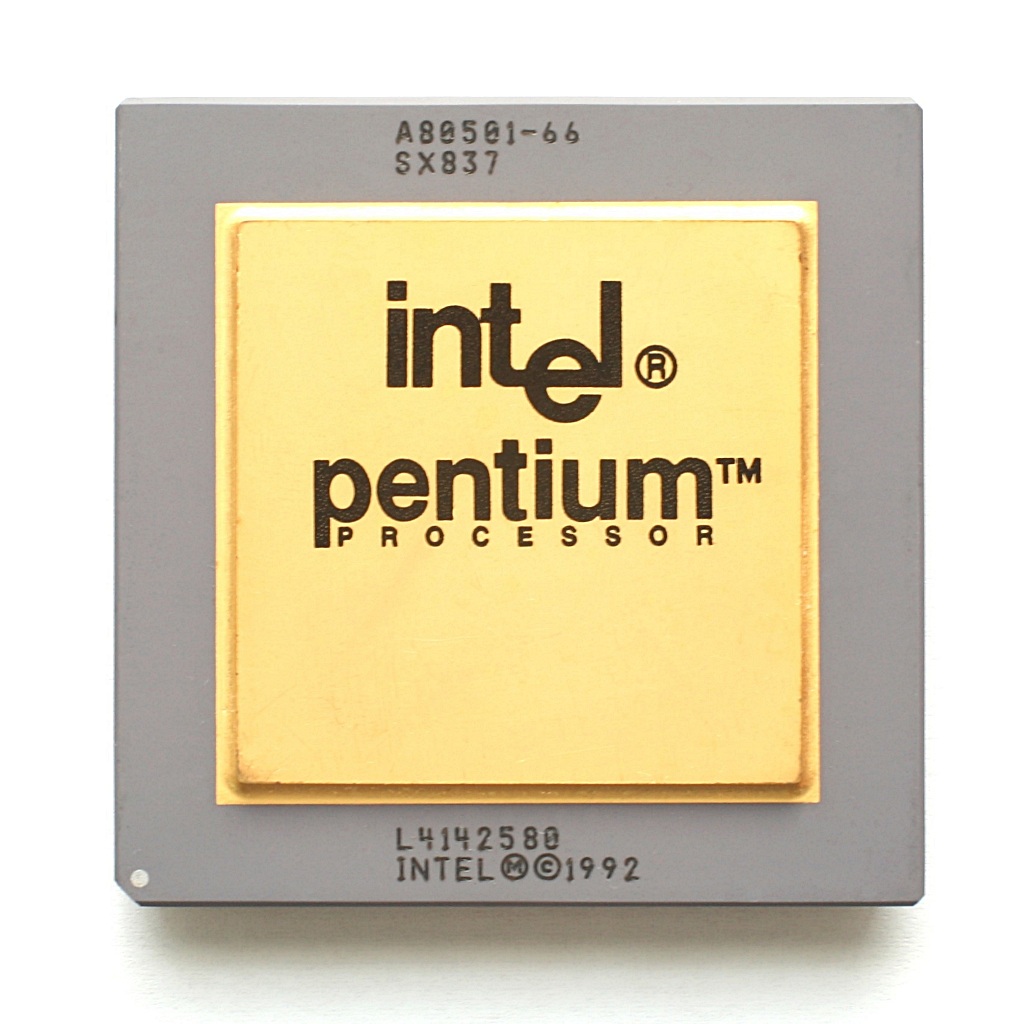Now this is pretty damned impressive - billed as a 'Doom'-like demo on the C128, it does run on the C64, albeit substantially slower and less smoothly:
The kicker is that it was worked on by Andreas Larsson, who's currently developing a C64 conversion of Eye of the Beholder, which looks stunning given the limitations of the hardware. It seems as though this 3D engine might have been mothballed for the time being, but perhaps he'll pick it up again in future.
The kicker is that it was worked on by Andreas Larsson, who's currently developing a C64 conversion of Eye of the Beholder, which looks stunning given the limitations of the hardware. It seems as though this 3D engine might have been mothballed for the time being, but perhaps he'll pick it up again in future.

